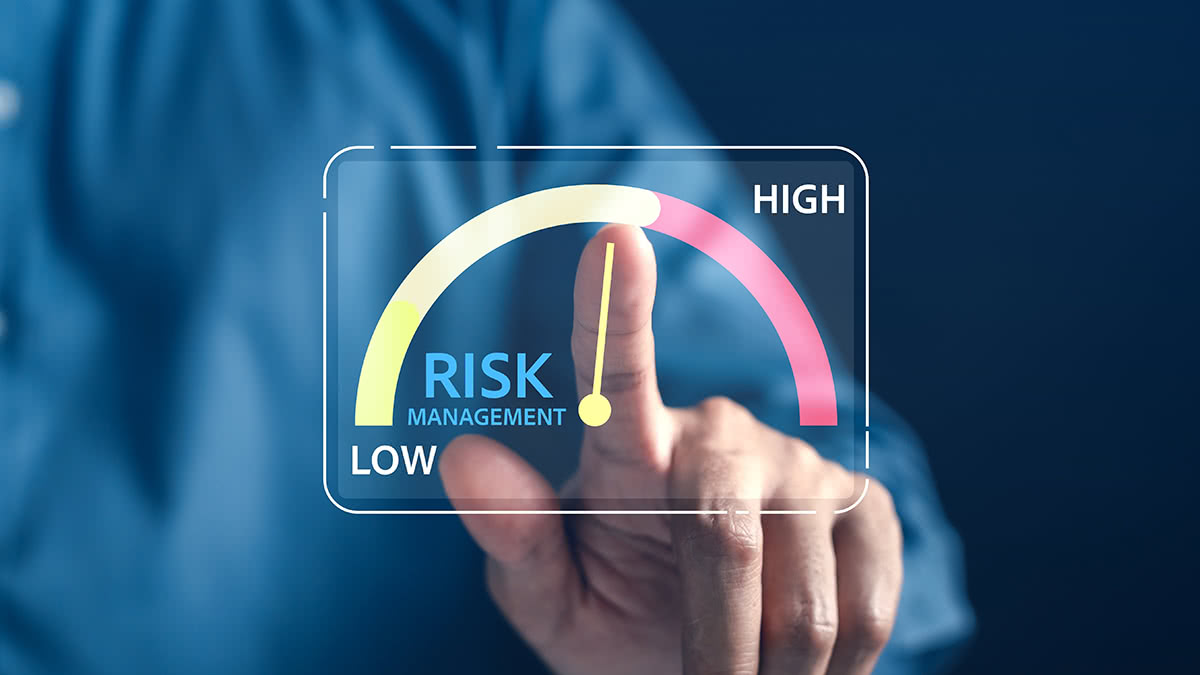The Small Business Guide to Managing Profit and Loss: How to Understand, Track, and Leverage Your P&L Statement

When you run a business, managing your finances isn't just about staying afloat, it's about creating a clear picture of where your money goes, how much you’re actually earning, and how your operations are performing over time. One of the most essential tools in that effort? Your profit and loss statement.
Also known as a P&L, this report is more than a spreadsheet, it’s a story about how your business makes money, where expenses occur, and how to adjust your strategy for long-term growth.
In this guide, we’ll break down the importance of profit and loss for small businesses, how to interpret your financials, and ways to use this data to drive smart decision-making.
Why Profit and Loss Tracking Matters
Whether you're trying to scale, secure funding, or simply understand your financial position, your P&L statement offers critical insight. It shows your revenue, costs, and net income over a specific period, typically monthly, quarterly, or annually.
More importantly, it lets you evaluate whether you’re actually profitable, how efficient your operations are, and which areas of your business might need attention. Unlike your bank balance, a P&L shows how the business is performing overall, taking all variables into account.
If you’re applying for business financing, many lenders will require recent P&L statements as part of your application. These documents help demonstrate the strength and stability of your business, and your ability to handle repayment.
Breaking Down a P&L Statement
At its core, your profit and loss report includes three main sections:
- Revenue: This is all the income your business earns from selling products or services.
- Expenses: These range from cost of goods sold (COGS) to rent, payroll, utilities, marketing, and administrative costs.
- Net Profit: Also called the bottom line, this shows your earnings after all expenses are deducted from revenue.
Understanding these components allows you to dig deeper. Are your gross margins high enough to sustain operations? Are your expenses creeping up in certain categories? Are you profitable month-over-month, or just surviving?
A well-maintained P&L gives you clarity. It’s the foundation of smarter financial management and can help you identify patterns and uncover hidden opportunities.
Turning Reports into Strategy
A P&L is only as powerful as the actions you take based on it. Rather than filing it away after tax season, use it to guide your decisions.
If your net income is consistently low, even with solid revenue, it may be time to audit your expenses and look for savings. Perhaps vendor costs have increased, or your payroll has grown faster than sales. You might even discover that a best-selling product is actually underpriced when factoring in fulfillment and delivery costs.
By tracking your profit margins over time, you can begin to experiment with pricing strategies, streamline overhead, or focus your marketing efforts on higher-return services.
Monitoring your P&L regularly, ideally monthly, keeps you one step ahead of cash flow issues, which are among the top reasons small businesses fail. When you see trouble spots emerging, you can respond proactively.
P&L and Business Funding
When it comes time to grow your business, your profit and loss statements play a big role in securing capital. Lenders use these reports to assess whether your business is healthy and generating enough income to manage repayment.
Even if you're applying for a flexible working capital loan, a solid P&L gives you credibility and shows you're managing your finances with discipline and foresight.
Best Practices for Managing Your Profit and Loss
To get the most value from your P&L:
- Review it consistently; monthly reviews provide timely insights.
- Compare actuals to your budget or projections.
- Look beyond the totals; check for unusual spikes or drops in specific categories.
- Work with a bookkeeper or accountant to ensure accuracy and context.
- Use accounting software to automate reports and maintain up-to-date records.
If you're not sure how to analyze your statement, don’t hesitate to ask a financial advisor or CPA for help. Over time, these insights become second nature and incredibly useful as your business grows.
Final Thoughts: Stronger Financial Habits Start with Visibility
Running a business without tracking your profit and loss is like driving without a dashboard. You might move forward for a while, but you won’t know if you're heading in the right direction, or when you’re about to hit a roadblock.
A strong P&L helps you operate more confidently, make better decisions, and prove your business’s strength to partners, lenders, or investors.
Since 2008, Fora Financial has distributed $4 billion to 55,000 businesses. Click here or call (877) 419-3568 for more information on how Fora Financial's working capital solutions can help your business thrive.







